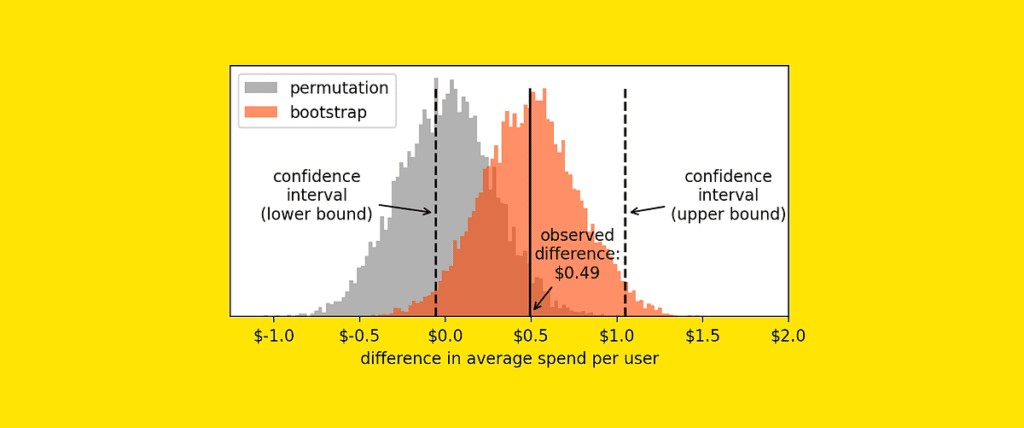A Fresh Approach to Data-Driven Decision-Making
Data scientists are at the heart of decision-making in the digital age, tasked with making choices based on incomplete information. However, when it comes to assessing uncertainty, many of us default to the concept of "statistical significance." Unfortunately, this approach can often lead to misleading conclusions, providing only a superficial understanding of the findings.
Why Statistical Significance Falls Short
Statistical significance is problematic for a few key reasons:
- Arbitrary Thresholds: Often, researchers look for results that surpass a predetermined significance level (like 0.05), which does not always correlate with real-world impact.
- False Certainty: Just because a result is statistically significant doesn’t mean it’s practically significant. We can get caught in the trap of believing we’ve found a definitive answer when we’ve really only scratched the surface.
- Neglected Trade-offs: The focus on statistical metrics can cause us to overlook important balances in real-world scenarios, such as cost vs. benefit.
To foster better decision-making, we need to move beyond the binary of significant versus non-significant. It’s time to embrace a framework focused on economic impact and risk management.
Shifting the Paradigm with A/B Testing
Imagine running an A/B test to gauge the effectiveness of a new website feature designed to enhance user engagement. We’ll call our users "control" and "treatment." Each group contains 5,000 users, and we track their spending patterns.
Suppose we observe a notable uptick in the spending of users exposed to the treatment. At this point, many would rush to declare the feature a success based on statistical significance. But here’s where we need to pivot. Instead of fixating on whether the results are significant, let’s ask:
- What will this mean economically for our business?
- What variables or risks should we consider before rolling out this feature more widely?
Real-Life Insights
Here’s an anecdote. A prominent e-commerce company recently launched a new checkout feature. Initially, the statistical significance suggested a boost in completed transactions. However, further analysis revealed that while transactions increased, returns spiked significantly too. This insight prompted the company to reconsider the feature and tweak it before a full-scale launch—showing that sometimes, deeper analysis trumps surface-level statistics.
Expert Recommendations
- Focus on Impact: Shift your perspective from merely achieving statistical significance to understanding the true impact of your decisions.
- Consider Risks: Embrace risk management as a critical part of your decision-making framework.
- Engage Stakeholders: Invite diverse viewpoints to the table, ensuring comprehensive assessments of both benefits and potential setbacks.
Summing It Up
As data scientists and decision-makers, we must strive for a nuanced understanding beyond basic statistical tools. By prioritizing economic implications and weighing risks, we can make more informed, impactful decisions.
The AI Buzz Hub team is excited to see where these breakthroughs take us. Want to stay in the loop on all things AI? Subscribe to our newsletter or share this article with your fellow enthusiasts.




